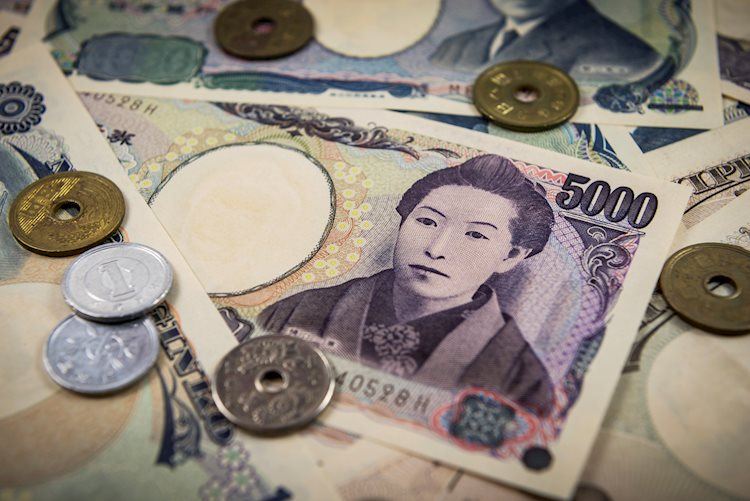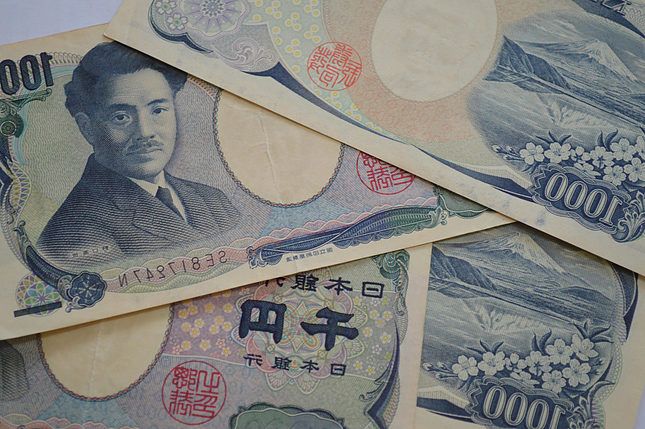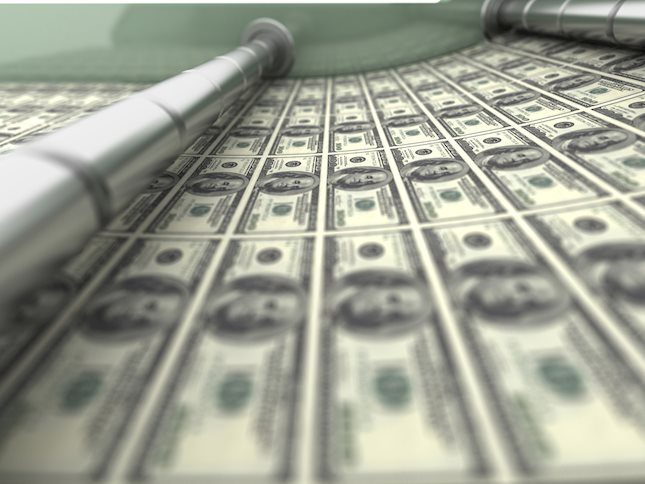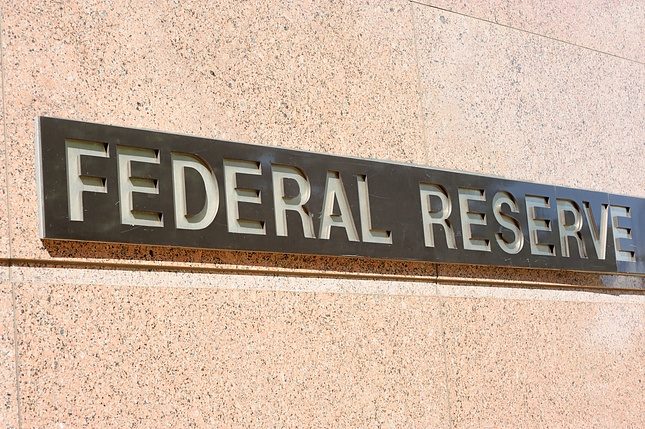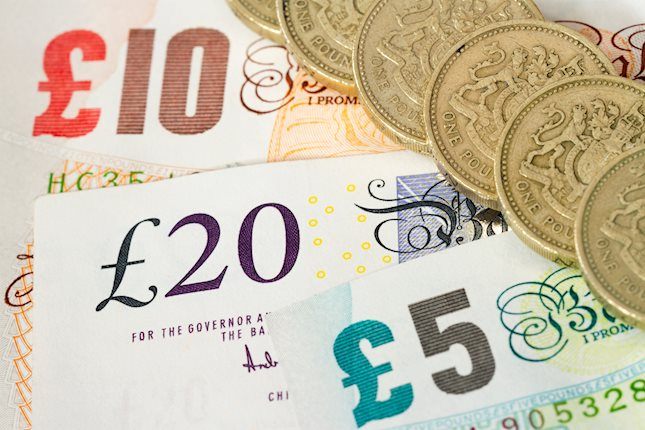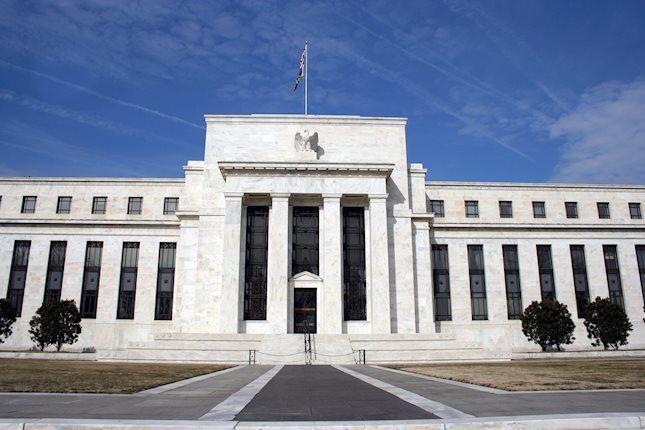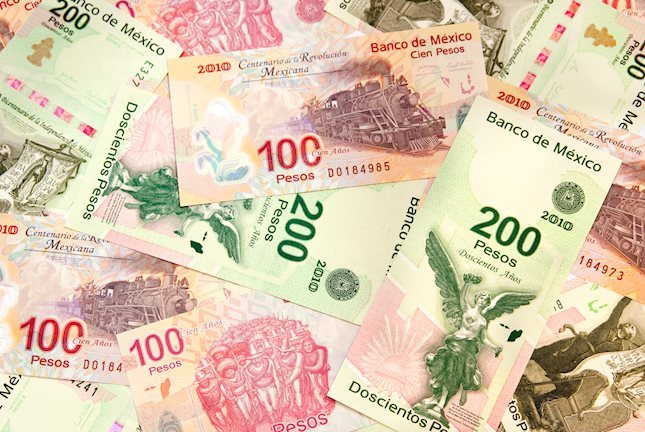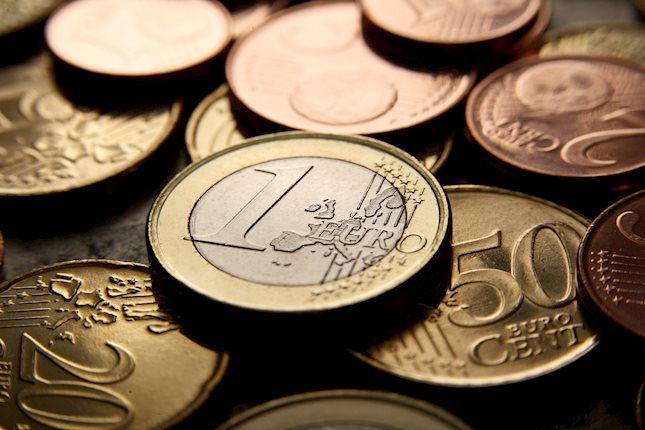USD/JPY whipsaws after Fed delivers 50 bps rate cut
- USD/JPY dipped on reaction to 50 bps Fed rate cut before recovering extra ground.
- Fed's dot plot on rate outlook also declined.
- Fed Chair Powell assuages initial market jitters in press conference.
USD/JPY plumbed the depths of 140.80 on Wednesday after the Federal Reserve (Fed) dropped a 50 bps rate cut on markets. This marks the Fed's first rate cut in over four years as US central bank policymakers race to catch up to market expectations. Investors had initially hoped for a first rate cut from the Fed in March.
The Federal Reserve's dot plot, part of the Federal Open Market Committee's (FOMC) Summary of Economic Projections, has been revised downward from the central bank's previous rate outlook. The median policy expectations from the Fed now indicate that the Fed Funds rate is projected to be 4.4% by the end of 2024 and 3.4% by the end of 2025, down from 5.1% and 4.1% respectively.
Digging deeper into the Fed's notes, Fed policymakers now anticipate US Gross Domestic Product (GDP) growth to remain at 2.0% through 2024, down from the previous projection of 2.1% in June. Fed officials also expect the US Unemployment Rate to settle around 4.4% by the end of 2024.
Federal Reserve Chair Jerome Powell made efforts to calm the markets during his press conference following the Federal Reserve's significant 50 basis points rate cut. He emphasized that the Fed will take a cautious approach and wait for incoming economic data before making further decisions on rate cuts. Powell's careful explanation of the Fed's policy adjustment helped maintain stability in the markets. Currently, rate markets are indicating a 65% probability of no further action at the Federal Open Market Committee's next rate decision on November 7.
USD/JPY price forecast
USD/JPY initially plunged toward 140.40 after the Fed cut its main reference rate on Wednesday, but markets quickly recovered their balance, sending the Dollar-Yen pair back into the high end for the week near 142.50. The pair is now trading into a familiar technical zone and threatening a consolidation trap that could squeeze both buyers and sellers in a tight but volatile range.
USD/JPY daily chart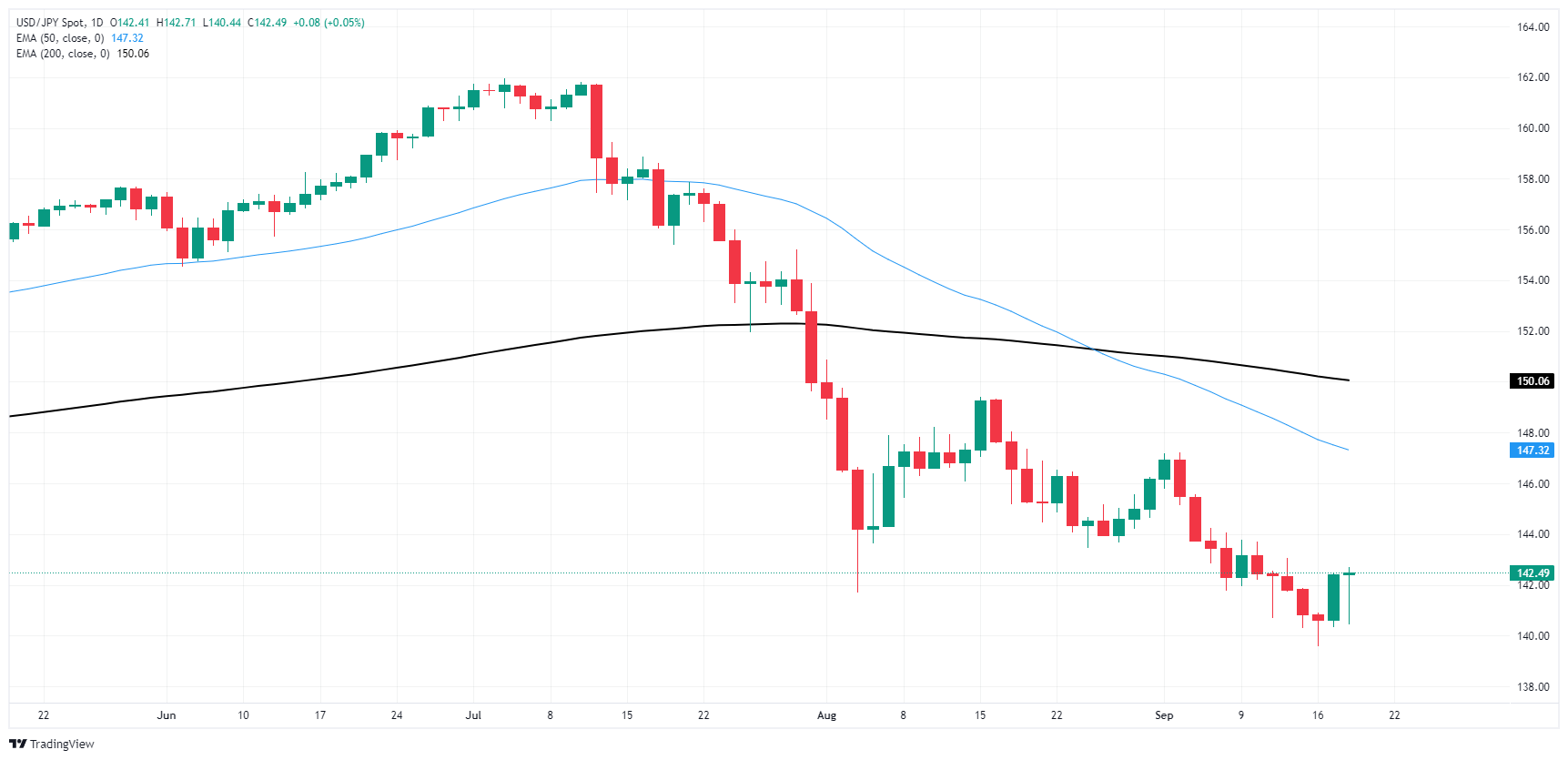
Fed FAQs
Monetary policy in the US is shaped by the Federal Reserve (Fed). The Fed has two mandates: to achieve price stability and foster full employment. Its primary tool to achieve these goals is by adjusting interest rates. When prices are rising too quickly and inflation is above the Fed’s 2% target, it raises interest rates, increasing borrowing costs throughout the economy. This results in a stronger US Dollar (USD) as it makes the US a more attractive place for international investors to park their money. When inflation falls below 2% or the Unemployment Rate is too high, the Fed may lower interest rates to encourage borrowing, which weighs on the Greenback.
The Federal Reserve (Fed) holds eight policy meetings a year, where the Federal Open Market Committee (FOMC) assesses economic conditions and makes monetary policy decisions. The FOMC is attended by twelve Fed officials – the seven members of the Board of Governors, the president of the Federal Reserve Bank of New York, and four of the remaining eleven regional Reserve Bank presidents, who serve one-year terms on a rotating basis.
In extreme situations, the Federal Reserve may resort to a policy named Quantitative Easing (QE). QE is the process by which the Fed substantially increases the flow of credit in a stuck financial system. It is a non-standard policy measure used during crises or when inflation is extremely low. It was the Fed’s weapon of choice during the Great Financial Crisis in 2008. It involves the Fed printing more Dollars and using them to buy high grade bonds from financial institutions. QE usually weakens the US Dollar.
Quantitative tightening (QT) is the reverse process of QE, whereby the Federal Reserve stops buying bonds from financial institutions and does not reinvest the principal from the bonds it holds maturing, to purchase new bonds. It is usually positive for the value of the US Dollar.
Forex News
Keep up with the financial markets, know what's happening and what is affecting the markets with our latest market updates. Analyze market movers, trends and build your trading strategies accordingly.
